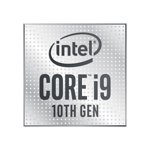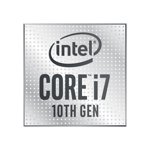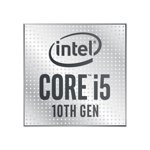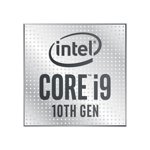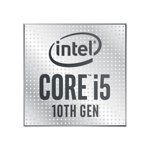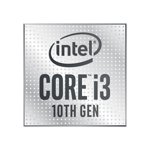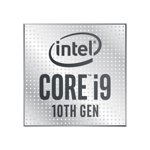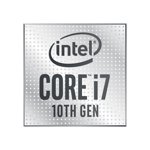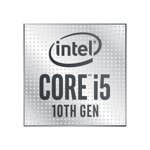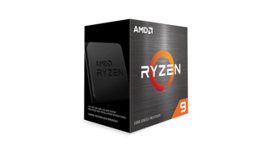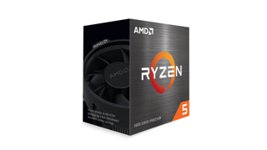Comet Lake vs. Zen 3 Desktop Processors: How Do They Compare in Feature and Performance?
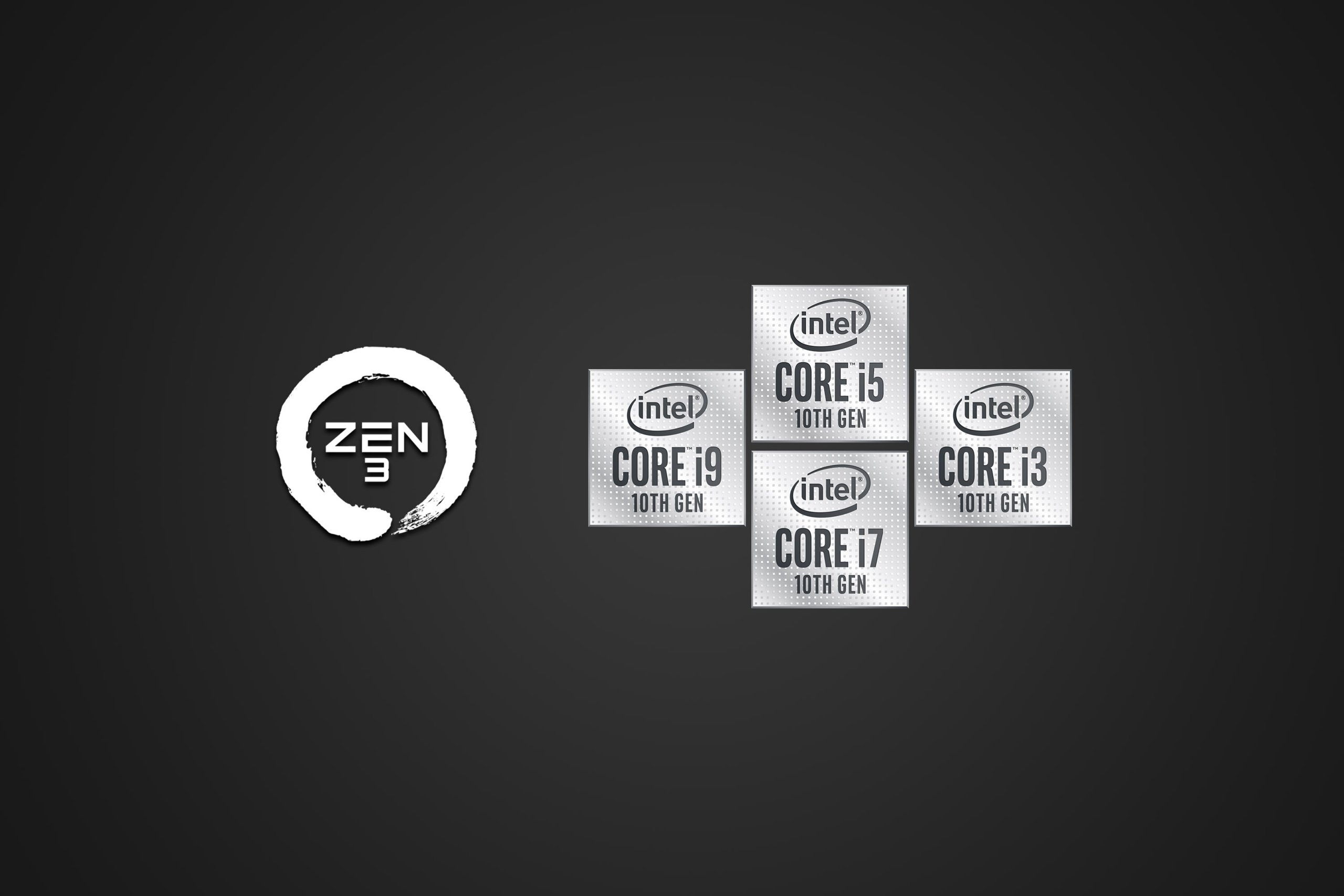
Intel's 11th-generation Core, Rocket Lake chips are set to be unveiled early this year. However, market availability is likely to drag into the beginning of summer. In the interim, the 10th-gen Comet Lake and AMD's 4th-gen Zen 3 processors are what consumers have to choose from. Released just months apart, they are each refinements of their predecessors. In this article, we summarize and compare their feature sets and benchmark results, with a focus on how each processor differs from other offerings in its respective family.
Intel Comet Lake-S Desktop Processors
Intel's 10th iteration of the Core microarchitecture are, like their predecessors, split between 10nm and 14nm chips. Comet Lake processors are of the 14nm variant. They further comprise of U-series medium-power mobile processors, H-series high-power mobile processors, W-series workstation processors, and S-series desktop processors.
Among Comet Lake-S desktop processors, chips wear one of six sub-brands: Core i3 through i9, Pentium Gold, and Celeron. Realistically, few consumers would choose the latter two, which are severely limited and are designed primarily for commercial and education applications. Hence, we only talk about the Core processors.
Feature Comparison
The 10th-gen Comet Lake desktop processors differ from Coffee Lake-S, its direct predecessor, in that all Core-branded chips feature hyperthreading, i.e. each core is able to run two threads. The primary difference among these chips is the core count: Core i3 models have 4 cores and 8 threads each; Core i5, 6 cores and 12 threads; Core i7, 8 cores and 16 threads; and Core i9 models come with 10 cores and 20 threads each.
The i3-10100 has only 6MB smart cache. This number increased to 8MB for other Core i3 chips. Core i5 models have 12MB smart cache; Core i7 16MB; Core i9 20 MB. Every processor comes with 16 PCIe 3.0 lanes.
Across these sub-brands, Intel markets four types of processors. The K-series processors are the only unlocked chips and are therefore the only ones suitable for overclocking. The T-series run at a miserly 35W TDP, with TDP-down mode available at 25W TDP; they share the same core count with the standard chips but run at roughly 20% lower clock speed. The F-series differ from the standard chips in that they do not have integrated graphics; introduced with the 9th-gen lineup, they allow Intel to salvage chips with iGPU defects—for consumers who do not require integrated graphics, they offer a lower price point.
All Comet Lake-S processors support Turbo Boost 2.0. However, only Core i7 and Core i9 units (with the exception of i9-10910) support Turbo Boost Max 3.0: This technology identifies the best performing core(s) and further boosts their frequency as needed.
Core i9 models further support Intel Thermal Velocity Boost technology. This technology automatically increases clock frequency above the single-core and multi-core boost frequencies if there is enough thermal headroom and power budget.
Every processor uses DDR4 memory, with dual channel support. Core i3 and Core i5 processors are compatible with at most DDR4-2666MHz units, whereas the higher-end models support DDR4-2933MHz ones.
Core i7 and Core i9 chips (again with the exception of i9-10910) also support Intel vPro platform and Intel Trusted Execution technology. However, few consumers need to care about these features.
Last but not least, every Comet Lake-S processor with integrated graphics (i.e. non-F-series) comes with Intel UHD 630 GPU. They all have a base clock of 350MHz, though their boost clocks are capped at 1.1GHz in lower-end models and 1.2GHz in higher-end ones.
Benchmarks
For a simple comparison, let us look like the Cinebench R20 Single-Core and Multi-Core scores. These results are sourced from CPU Monkey. We also include the MSRP for these units. F-series processors share the exact same scores with the standard chips, while T-series are not included here.

Cinebench Single-Core and Multi-Core scores + MSRP of Comet Lake-S processors
As these processors share the same architecture, it is the single-core boost clock that affects the single-core score. This ranges from 448 for the i3-10100 to 539 for the i9-10900K. The multi-core scores correlate with the MSRP, though the best bangs for your buck comes with Core i3 and Core i5 models (except i5-10600K). The possibility to overclock apparently comes at a premium with K-series models.
AMD Zen 3 Vermeer Desktop Processors
AMD's 4th-iteration of the Zen microarchitecture further boosts its advantage in core count and efficiency. Compared to Intel, AMD offers a much simpler product lineup. Zen 3 microprocessors consist of three series: Milan (Epyc) server processors, Cezanne mobile processors, and Vermeer desktop processors.
All Zen 3 chips, like their predecessor, use a multi-chip module design. The mainstream models each comes with a single Core Complex die and a I/O die. The enthusiast models each feature two Core Complex dies, while the workstation-grade Threadripper chips can feature up to 8 Core Complex dies. The Core Complex dies are manufactured using TSMC's 7nm processor, while the I/O dies use GlobalFoundries' 14nm process.
As they are just becoming available, AMD currently has only four chips on the shelves today: the mainstream Ryzen 5 5600X and Ryzen 7 5800X, and the enthusiast Ryzen 9 5900X and Ryzen 9 5950X. They are all X-series eXtended Frquency Range units. Lower-clocked models are forthcoming.
Feature Comparison
The Ryzen 5 5600X comes with a single Core Complex with 6 cores and 12 threads. The Ryzen 7 5800X's single Core Complex has 8 cores and 16 threads. The two Ryzen 9 models are essentially doubling the core counts of two mainstream chips, using two Core Complexes to offer 12 cores / 24 threads and 16 cores / 32 threads respectively.
Each comes with 32KB (data) + 32KB (instruction) L1 cache as well as 512KB L2 cache per core. They further feature 32MB L3 cache per Core Complex.
Every processor supports 24 PCIe 4.0 lanes. They are all compatible with DDR4-3200MHz dual-channel memory.
As more models become available, we will see if there will be further differences in feature set.
Benchmarks
We again look at a simple Cinebench R20 comparison juxtaposed with the MSRP. The benchmark scores are again sourced from CPU Monkey.

Cinebench Single-Core and Multi-Core scores + MSRP of Zen 3 Vermeer processors
These scores are significantly higher than the Comet Lake-S chips are able to deliver, whether in single-core or multi-score. The latter comes at no surprise, as AMD has endowed its Zen 3 chips with a significant core count advantage.
Comet Lake or Zen 3?
From a feature set standpoint, there is little doubt that AMD offers more for consumers: They offer more cores, larger caches, faster memory support, and more, faster PCIe 4.0 lanes. Similarly, these chips benchmark better compared to Intel's. Thanks to their 7nm process, the Zen 3 processors also run cooler than the 14nm Comet Lake ones.
However, this is not to say that Comet Lake-S has lost it completely. They offer competitive performance for their price point, and for most consumer tasks, including gaming, benchmarks have shown that the difference in real-world performance can be marginal.
Two factors that deserve our attention moving forward:
- How will lower-powered Ryzen 5000 desktop processors perform, and how will they be priced?
- Can Intel's 11th-gen Rocket Lake desktop processors retake the lead, and how will they be priced?
For more details about popular models that feature AMD processors, including specifications, latest offers, and reviews, please check out the Related Products section below. You can also use our Comparison tool to explore more.
You can also find more about desktop computers that use these processors under Computers on Neofiliac.
Article Gallery
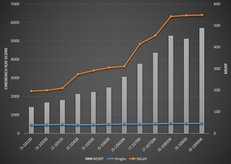
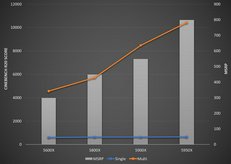

Related Products
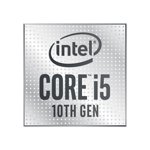
- Six-core/12-thread Intel UHD Graphics 630 integrated graphics processor (IGP)
- Competitive price-per-core ratio
·
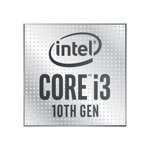
- Four-core/eight-thread AMD Ryzen 3 3300X
- Excellent performance for a four-core CPU
- Integrated UHD Graphics 630 integrated graphics processor (IGP)
·
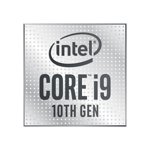
- Top-notch performance for a 10th Generation Core CPU
- Great value for money
- Solid CPU performance for the price
·
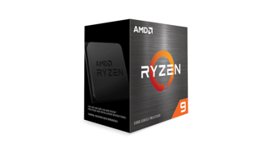
- Top-of-the-line single-core and multi-thread performance
- Great performance for the price
- Excellent overclocking performance
·
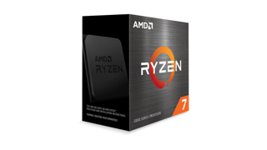
- Powerful enough to beat Intel Core i9-10900K in both gaming and content work
- Excellent gaming performance
·
